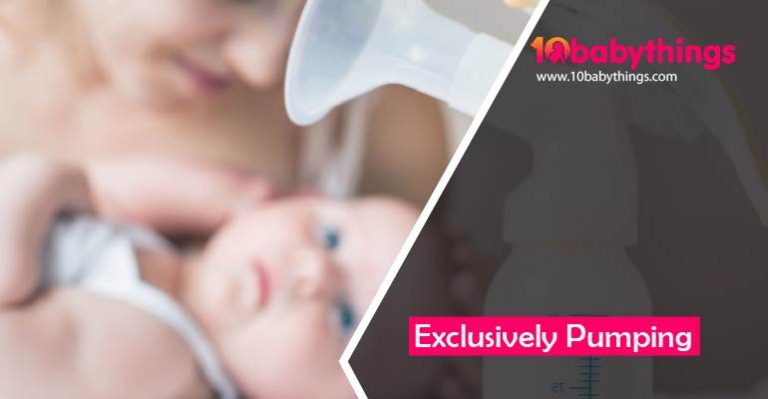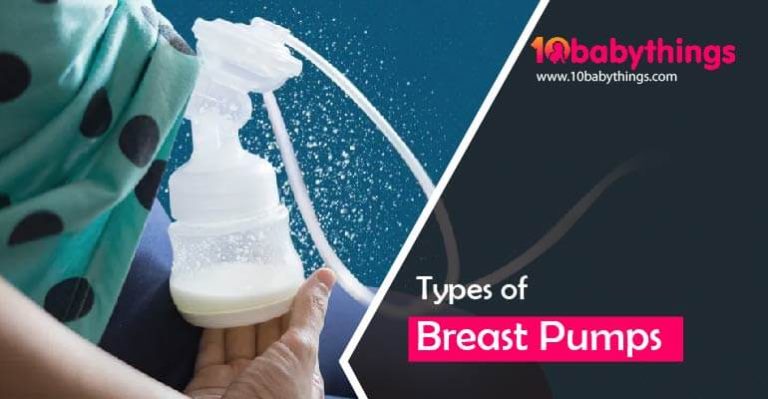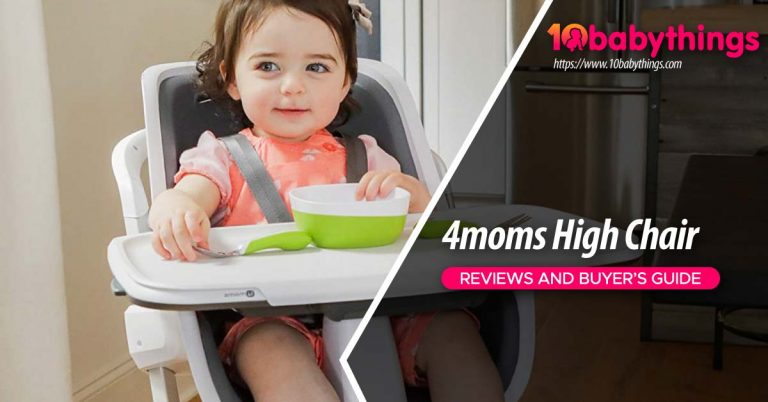Breast Pumping Supplies: What to Buy and What to Skip

All you really need to breastfeed your baby is your breasts; you don’t need many supplies. Whether you’re planning on returning to work, involving your partner or caretaker in feedings, or simply wishing to take an occasional night off, pumping breast milk can ensure that your baby receives breast milk even when you’re not present.
Choosing the right supplies can seem overwhelming, however. Breast-pumping bras, milk storage bags, and a variety of other accessories are available. It’s important to have everything you need to meet your breast pumping goals, whether you plan to pump exclusively, increase your milk supply, or relieve engorgement. We’ve compiled a comprehensive list of breast-pumping supplies to make it easier for you to decide what to buy. Discover what’s essential and what you can live without, including what’s essential.
Breast Pumps
First and foremost, you’ll need a high-quality breast pump to pump effectively and efficiently. In Wheeling, West Virginia, Lexie Hess, a certified lactation counselor, believes that choosing a breast pump is highly dependent on your goals when it comes to breastfeeding.
A hospital-grade pump may be useful if you plan to breastfeed your baby when they come home from the NICU. You can usually rent one through your local hospital or work with a lactation consultant to find one. In addition to being more efficient, these pumps are faster at pumping breast milk.
Conversely, if you plan to use a handheld pump only occasionally, for example to relieve engorgement or to assist with letdown, you may be fine. An electric breast pump might be the best option for you if you plan to return to work while breastfeeding. Depending on the model you choose, these pumps can pump both breasts at once, are efficient, and are hands-free.
Talk to your doctor or lactation consultant about your breastfeeding goals to find the right pump. The flanges on your breast pump should also be checked by your lactation consultant. Flanges that are too big or too small could negatively affect your breastfeeding.”
A breast pump can be manual or electric, and there are four primary types: letdown catchers, electric pumps, and hospital-grade pumps. The purpose of each pump is explained here.
Pumps for manual use
It is easy to use, inexpensive, and portable to use these pumps. In cars or during quick pumping sessions, they are ideal since they don’t require electricity. You squeeze the hand bar to operate this type of pump. The price of a handheld pump varies depending on the style. A manual pump can cost up to $50, however.
Milk Catchers letdown
Milk is collected by sucking a silicone bottle onto the breast. Suitable for catching letdowns and relieving engorgement without stimulating the breast, they prevent milk from being wasted. For as little as $12, you can purchase letdown milk catchers online. You can expect to pay around $35 for one that comes with extra supplies.
Pumps powered by electricity
There are single and double pumps available. Pumping one breast at a time is possible with the single option, whereas pumping both breasts is possible with the double option. People who pump on a consistent schedule will find these pumps useful, Hess says. Depending on the model, electric breast pumps can cost anywhere from $75 to $3,500.
Pumps that meet hospital standards
People can choose from a variety of settings on these double electric pumps. Most hospitals will rent them because buying them can be expensive. The prices range between $500 and $3,500. In general, rental prices range from $40 to $50 a month, depending on your hospital.
A lactation consultant or healthcare provider may be able to help you rent a hospital-grade pump. Due to its stronger pull, these pumps extract milk better if you pump exclusively or have trouble with your milk supply.
Pump Buying Tips
Considering your priorities-such as your budget, portability, and how much pumping you plan to do-will help you choose which pump to purchase or rent. Furthermore, you should avoid borrowing or purchasing a used pump since bodily fluids may cross-contaminate it. Keeping in mind that hospital-grade pumps are approved for multiple uses and have protective barriers built in, Hess warns.
The type of pump that is best for you can be determined by your healthcare provider or lactation consultant. There’s also a list of approved pumps online from the Food and Drug Administration (FDA) that includes the manufacturer and approval date. The search bar will show you a list of breast pumps if you type “breast pump” into it.
Make sure you check with your insurance provider before purchasing a pump to see if they will cover any or all of the cost. Women who qualify for WIC assistance can also purchase breast pumps with the help of their state.
Options for storing milk
Breast milk must also be stored. Bottles, bags, and containers for storing breast milk are specifically designed for this purpose. A number of companies manufacture milk storage bags, which can be used to store or freeze breast milk in a sanitary and safe manner. Breast milk can be stored in these sturdy bags without taking up space in the freezer.
The products are designed to withstand freezing and thawing, regardless of whether they are bags, bottles, or containers. Your milk can also be stored for a long time safely in these containers. If you decide that a BPA-free container is best for storing your breast milk, make sure it’s designed specifically for that purpose. Start with plenty of storage options if you plan to pump three or four times a day.
Related: How to Collect Breast Milk to be Frozen?
Breast milk storage instructions
Keep your breast milk in a safe place. You should know the following.
- Up to four hours of breast milk can be stored at room temperature
- You can store breast milk for up to 24 hours in an insulated cooler with an ice pack
- Fresh breast milk can last for up to 6 days in the refrigerator; thawed breast milk can last for up to 24 hours
- Up to six months of breast milk can be stored in the freezer
- You can store breast milk in the deep freezer for up to a year.
Milk collection bottles
The flange of some breast pumps is designed to attach milk-collection bottles to it. Nonetheless, if you plan to pump multiple times a day, you might need to purchase additional bottles. In this way, your breast milk can always be collected in clean bottles.
Frequently, as soon as women get home or have more time, they transfer their milk into storage bags. It will take six to eight bottles if you are pumping exclusively; if you are supplementing with expressed milk, you will need three or four bottles every three to four hours.
Pump Supplies: How to Clean Them
Your breast pump should be kept clean to prevent bacteria and other contaminants from entering your baby’s body. CDC recommendations are summarized below.
- To keep everything clean and germ-free, wash your pump parts after each use with soap and water.
- Spot-clean the tubing once a day, but do not submerge it in water because mold can grow there. In the event your pump parts are dishwasher-safe, you can place them on the top rack.
- In case of a premature or weakened baby, you should sanitize the pump parts at least once daily, according to the CDC. They say older, healthy babies may not need daily sanitizing if the parts are cleaned carefully after each use, which involves boiling or using a sanitizer.
You should discuss keeping your pump clean and sanitary with your baby’s healthcare provider if your baby was born prematurely or has other health concerns.
Items for nipping
When people start pumping, they may experience cracked or sore nipples. If your nipples are dry, cracked, or sore, you may benefit from a nipple cream, balm, or ointment.
Due to the wide variety of varieties available on the market, choosing the right one can be difficult. Nipple creams containing lanolin are particularly soothing to many people. Some people prefer natural lubricants. It may take some experimenting before you find one you like.
There are also hydrogel nipple pads you might want to consider purchasing. When placed on sore nipples, these pads can offer instant pain relief. They can be kept in the refrigerator. Women with sore nipples should also consider them because they aid in the healing process.
Sore nipples can also be treated with breast pads. In addition to preventing rubbing against your clothing, these soft pads fit inside your bra. In addition, holes in them allow air to reach your nipples so they can heal.
Keeping breast milk handy can also aid in healing damaged nipples. Applied before and after feeds, massage a few drops into their skin to promote the healing process.
Ice-filled cooler
For those who are not pumping at home where their breast milk can be stored immediately, Hess suggests getting a small cooler and some ice packs. It is still important to have a safe, secure way to transport breast milk home even if you are pumping at work, including a refrigerator.
Breast milk can be stored for up to four hours at room temperature if you forget your cooler and ice packs at home. If you wish to keep it for up to 24 hours, use an insulated cooler with freezer packs.
Bra for pumping breast milk
Hands-free pumping is possible with breast pumping bras. Instead of holding the flanges and bottles in place, women can attach their pumps directly to their bras when wearing a pumping bra. According to Kadi Addy, RN, MSN, APRN, CLC, a nurse practitioner at Muskingum Valley Health Centers and lactation consultant, this type of bra is a must-have for pumping women on a regular basis.
If you pump at work, you can use the time as well as your hands to do something else while pumping, she says. Pumping allows you to make notes, answer emails, or work on projects at the same time.
You can also operate the breast pump controls more comfortably with hands-free breast pumping bras. Breast milk bottles and bags can be handled more easily if your hands are free.
Items that are optional
The extras you might consider after you have purchased the essentials might make your experience easier and more efficient if your budget allows. Consider the following points.
- Clean or dirty pump parts can be transported using these environmentally-friendly wet/dry bags. Maintain a clean and sanitized bag at all times.
- The use of a cover or scarf while pumping is still popular among women, according to Hess. If you are pumping in a place where others might walk in, this may help you feel more comfortable. Nothing needs to be purchased. Wear an oversized scarf or a receiving blanket.
- Steam sanitizing machines: You can use this sterilizing machine to sanitize all of your pump parts.
- To avoid contamination of your breast milk, it is imperative to keep your pump parts clean. You can wash the flanges and the collection bottles of your pump, with the exception of the tubing. To sanitize them, place them in a bag every 24 hours.
With these reusable sanitizing bags and water, you can sterilize the parts of your pump within three minutes, Hess says. Breast milk bottles and accessories can be disinfected using them.






